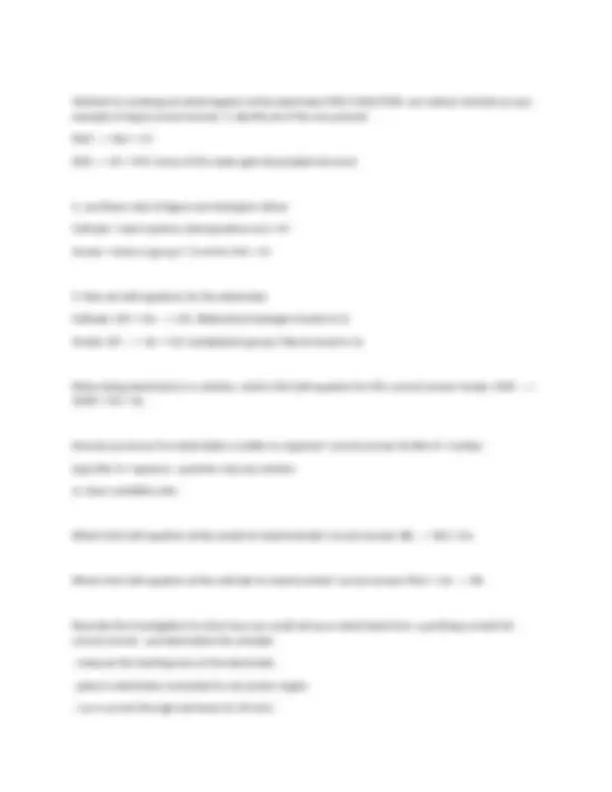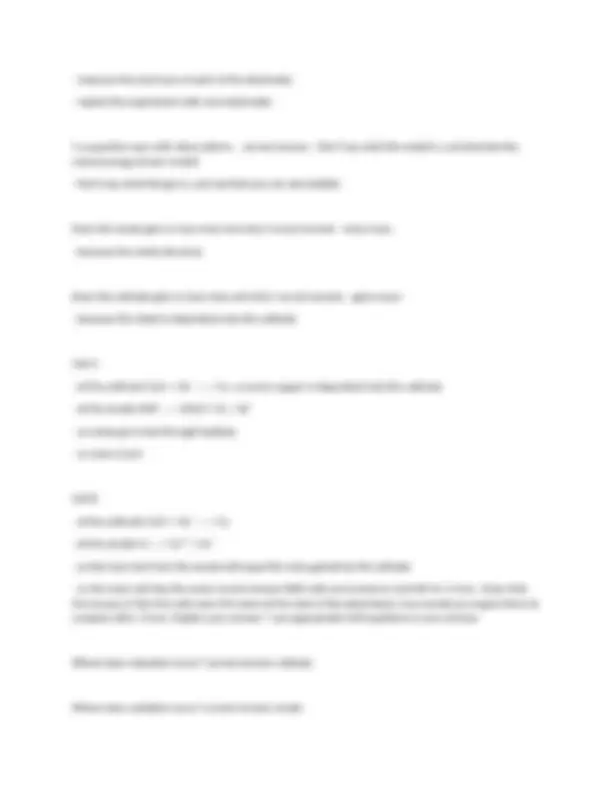




Study with the several resources on Docsity

Earn points by helping other students or get them with a premium plan


Prepare for your exams
Study with the several resources on Docsity

Earn points to download
Earn points by helping other students or get them with a premium plan
Community
Ask the community for help and clear up your study doubts
Discover the best universities in your country according to Docsity users
Free resources
Download our free guides on studying techniques, anxiety management strategies, and thesis advice from Docsity tutors
GCSE chemistry - PAPER 1 – Electrolysis Questions with Accurate Answers
Typology: Exams
1 / 4

This page cannot be seen from the preview
Don't miss anything!



What is electrolysis? (3) correct answer - the process of passing a current through ionic substances
What happens at the anode? correct answer Anions(negative ions) are attracted and oxidized to become neutral What happens to negative ions (anions) during electrolysis of molten compounds? correct answer oxidized to form their original element what happens to positive ions(Cations) during electrolysis of molten compounds? correct answer Reduced to form their original element what shows you what happens at one of the electrodes during electrolysis? correct answer Half equations (gains or loses electrons) What does the half equation for the cathode look like? correct answer Al3+ + 3e- → Al (reduction - gaining electrons) What does the half equation for the anode look like? correct answer 2O2- → O2 + 4e- (oxidization - loss of electrons) Why is aluminum oxide mixed with cryolite when extracting aluminum? (3) correct answer - lower temperature